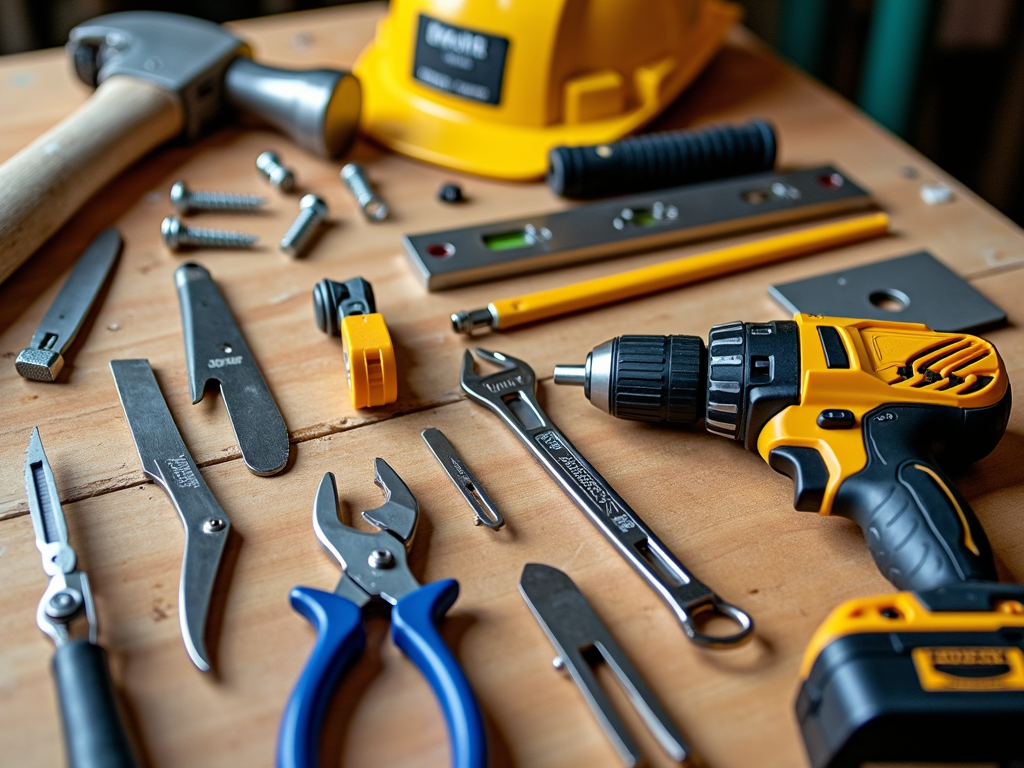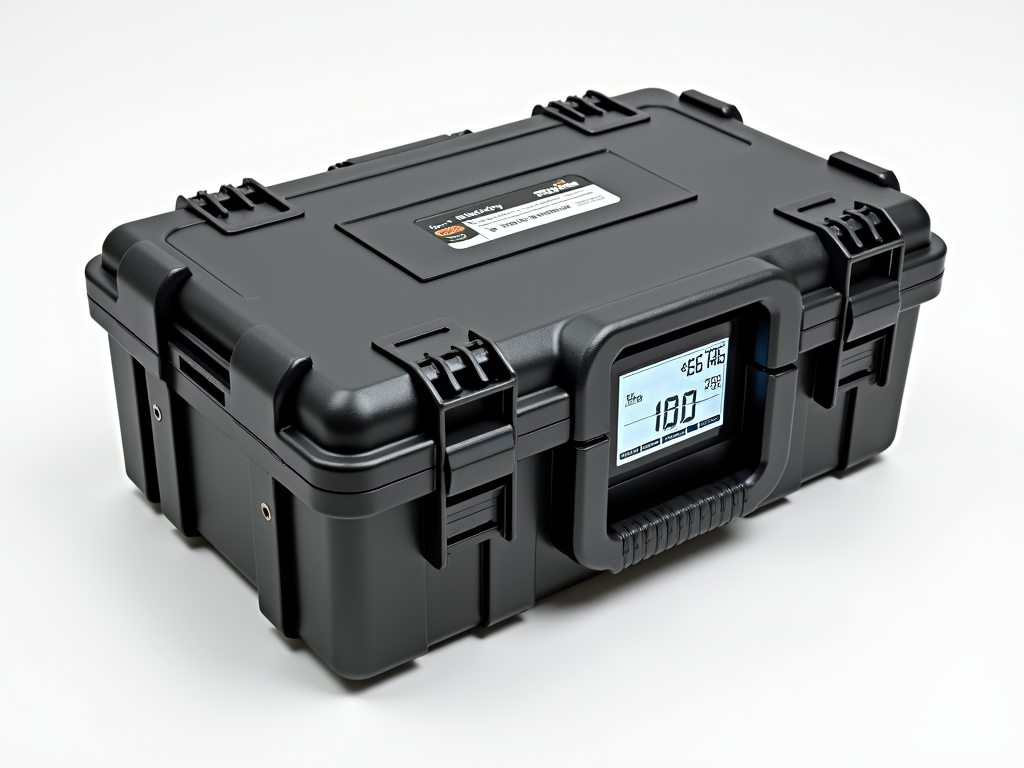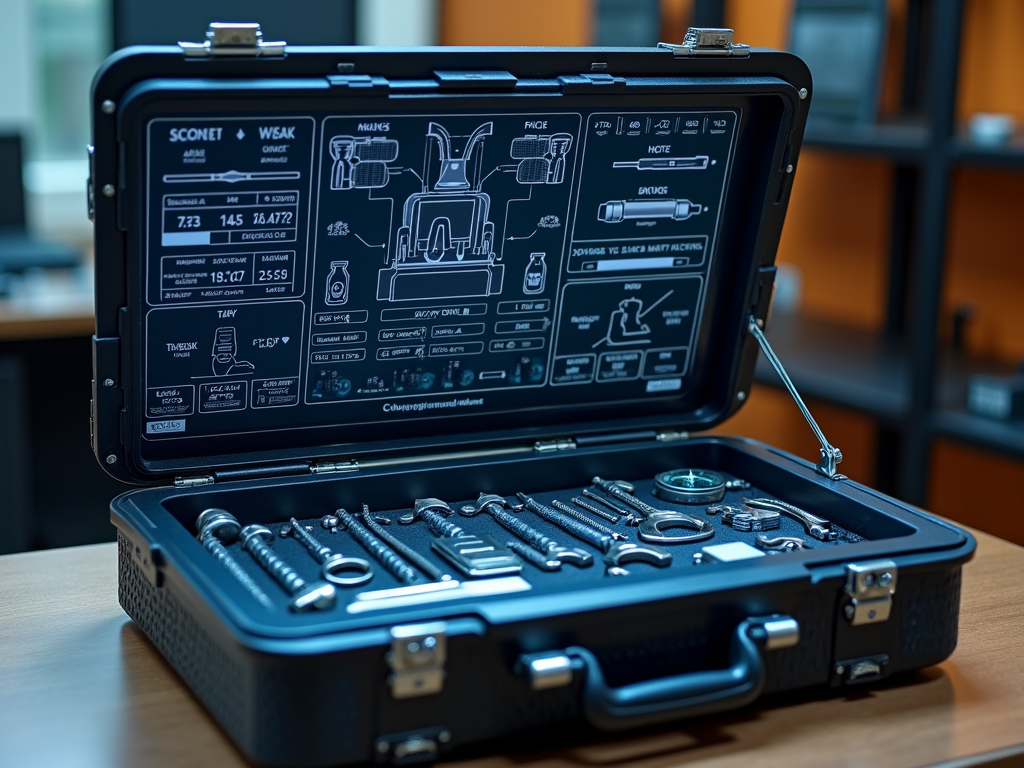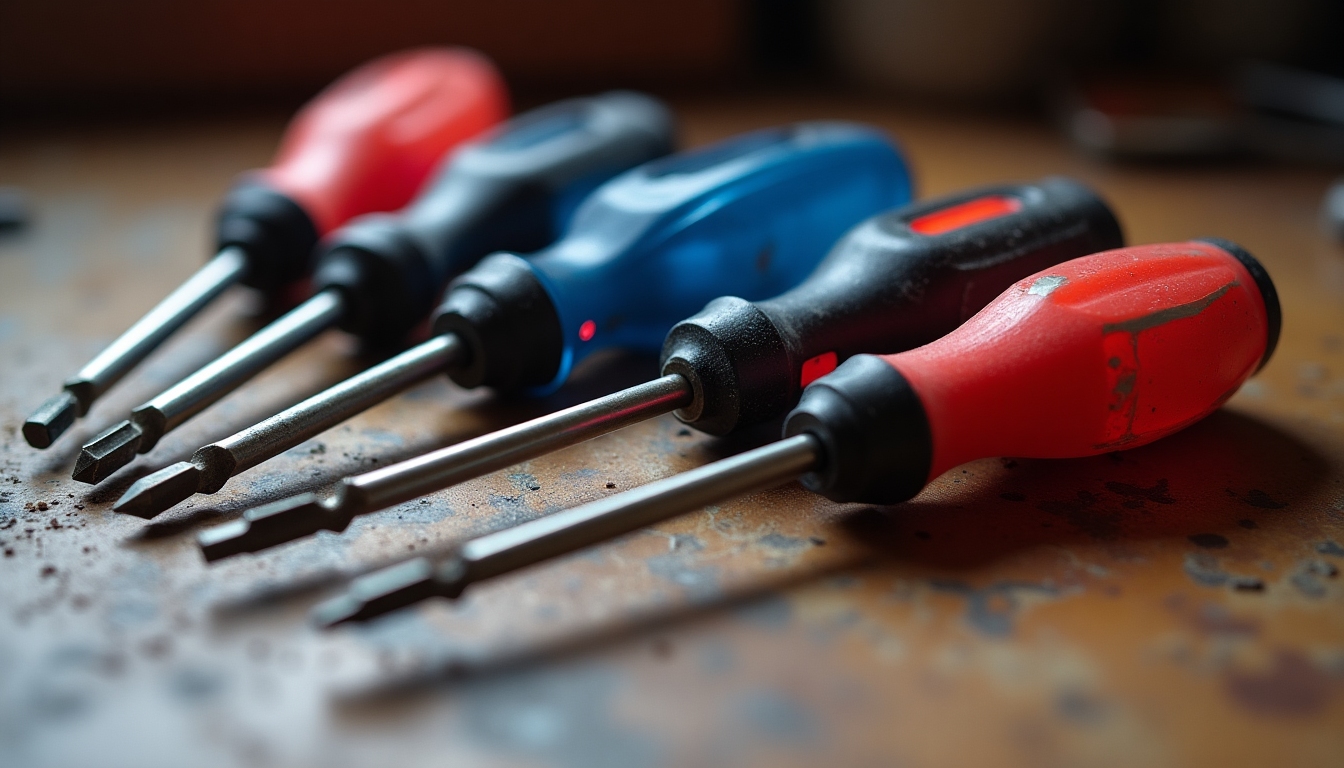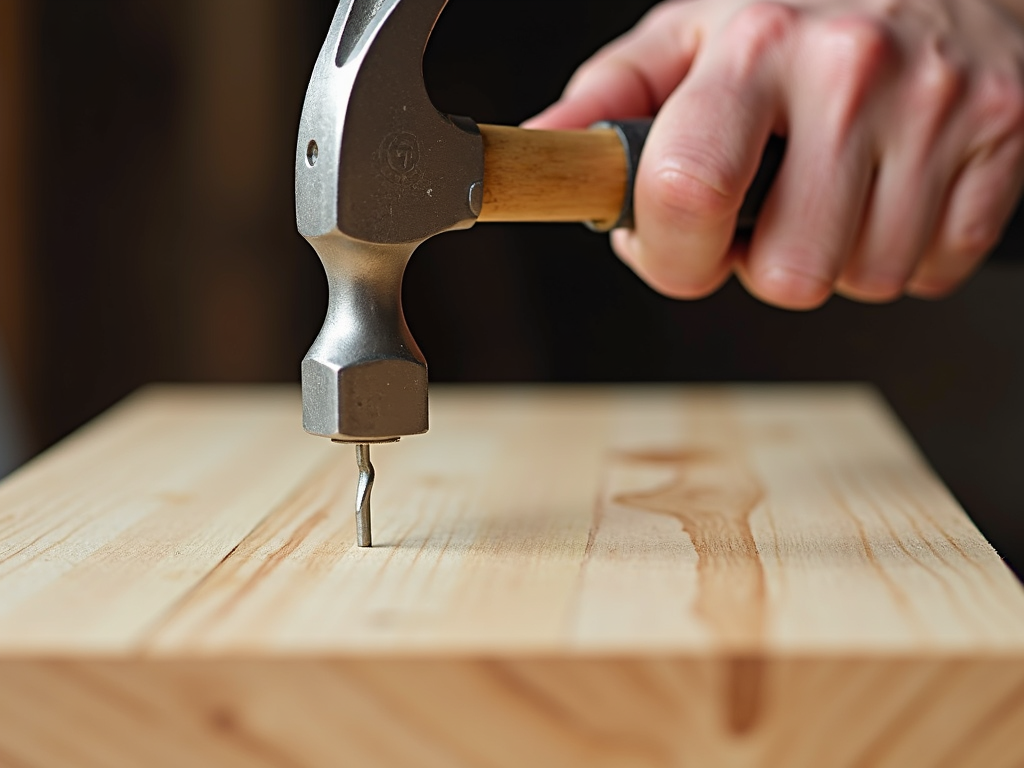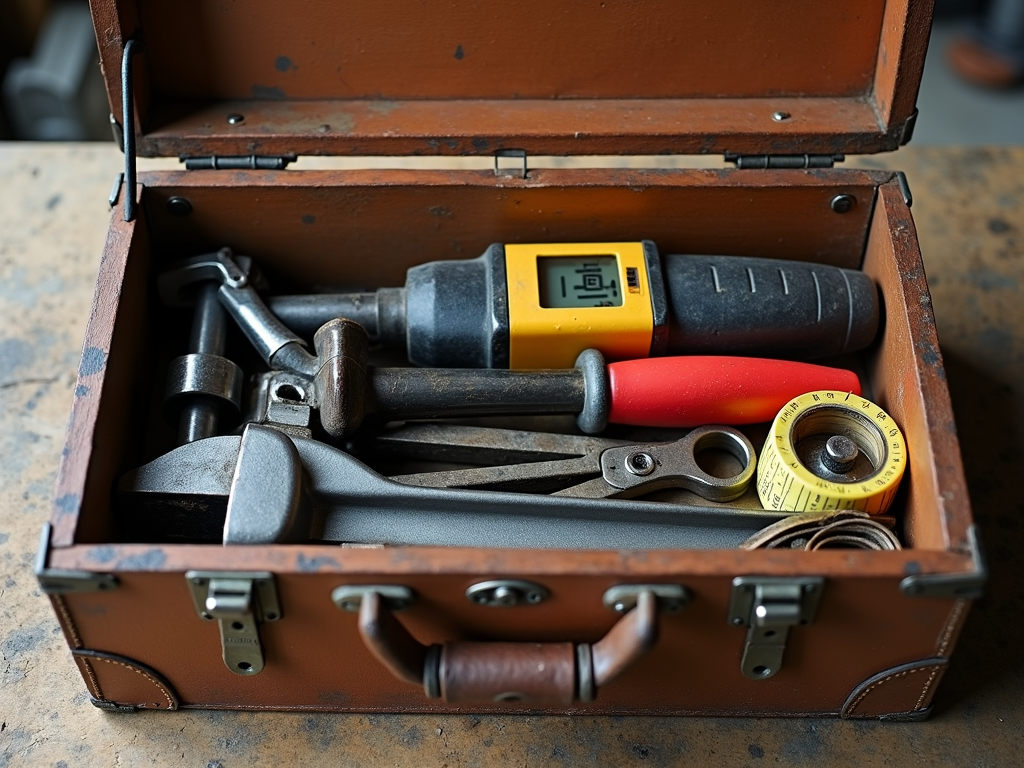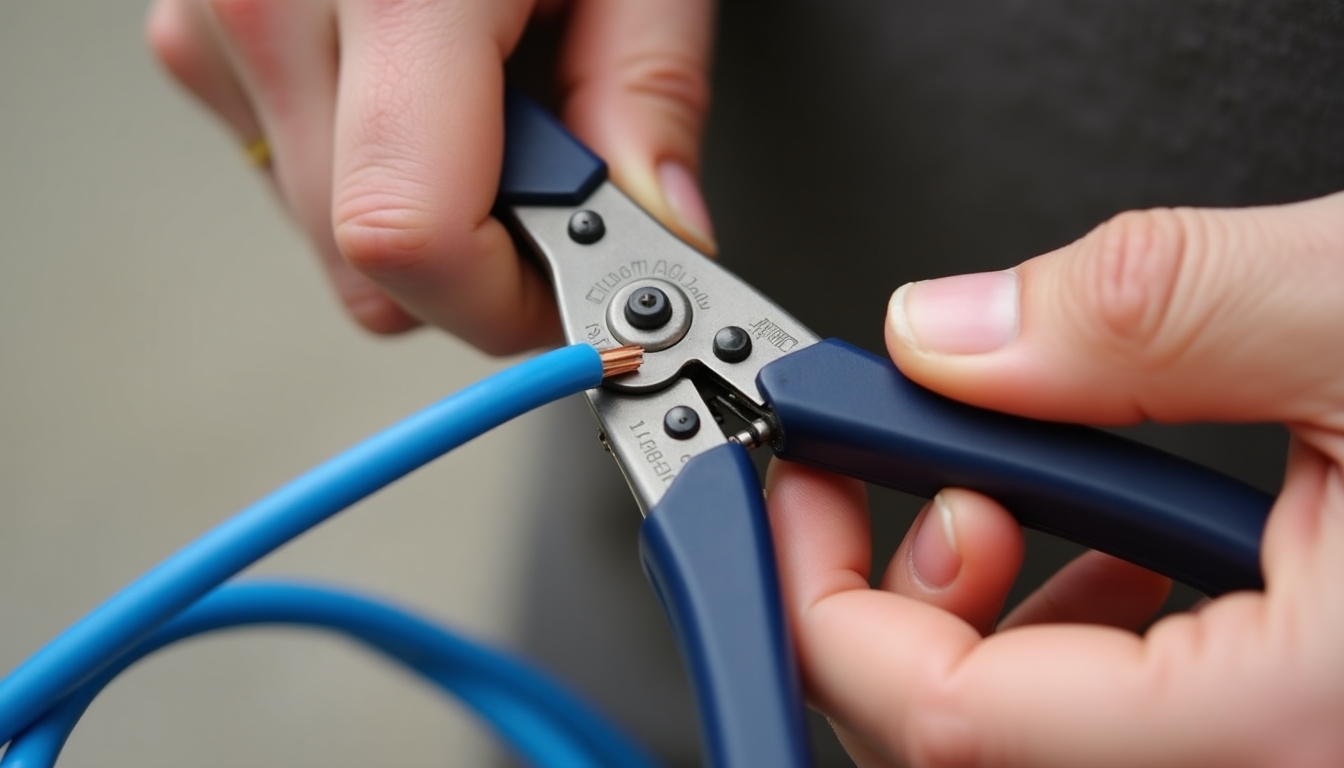Choosing the right tools for your DIY projects is crucial for success. Whether you're a seasoned DIY enthusiast or just starting out, having the right tools can make all the difference. In this guide, we'll explore how to assess your project needs, understand different types of tools, prioritize safety, choose quality tools, and maintain them for long-term use.
Embarking on a DIY project can be incredibly rewarding, but it can also be daunting if you don't have the right tools. The key to a successful project lies in selecting tools that are appropriate for the task at hand. This not only ensures efficiency but also enhances safety and the overall quality of your work.
Before you even think about tools, take a step back and assess your project. What are you trying to achieve? Is it a simple repair, a renovation, or a creative endeavor? Understanding the scope and requirements of your project will help you determine which tools are essential. For instance, if you're building a bookshelf, you'll need measuring tools, saws, hammers, and screwdrivers. On the other hand, if you're painting a room, you'll require brushes, rollers, and possibly a ladder.
There are countless tools available for DIY projects, each designed for specific tasks. Here are some common categories: - Hand Tools: These include hammers, screwdrivers, pliers, and wrenches. They are essential for basic tasks like assembling furniture or hanging pictures. - Power Tools: Drills, saws, and sanders fall into this category. They are ideal for more complex projects that require precision and power. - Measuring Tools: Tape measures, levels, and squares are crucial for ensuring accuracy in your projects. - Safety Gear: Don't forget about safety! Gloves, goggles, and ear protection are vital for protecting yourself while working.
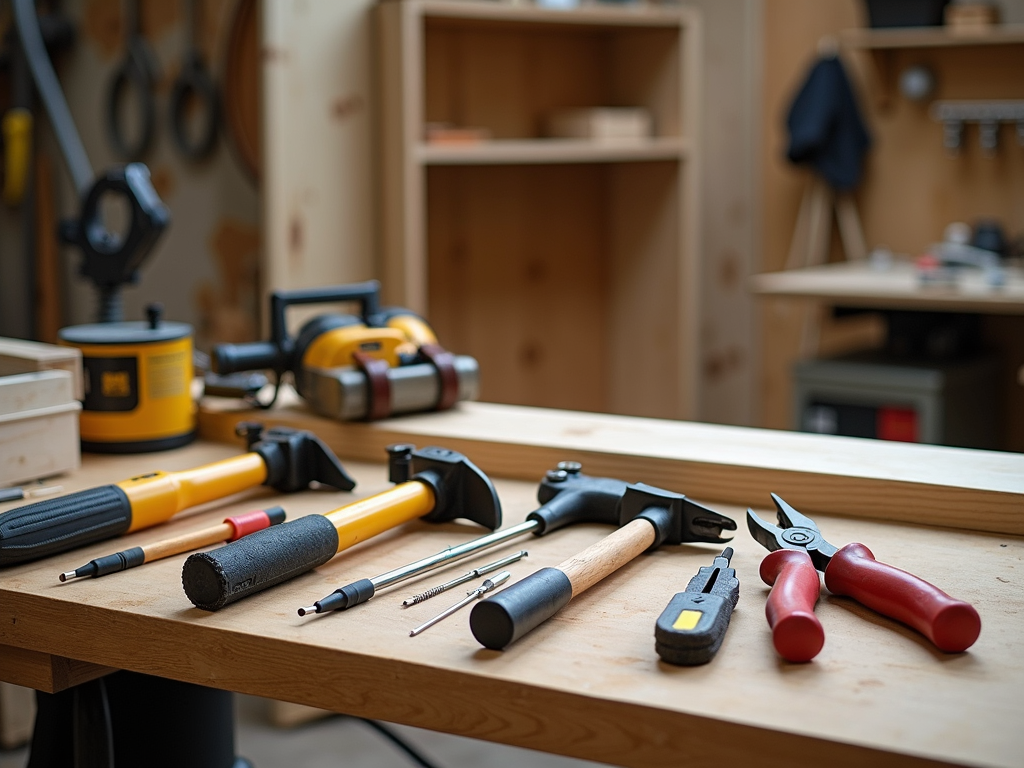
Safety should always be a top priority when working on DIY projects. Using tools incorrectly can lead to accidents and injuries. For example, when using a hammer, it's important to hold it firmly and strike the nail squarely to avoid bending it or injuring your fingers. Always wear appropriate safety gear, such as gloves and goggles, to protect yourself from debris and sharp objects. Additionally, ensure your workspace is well-lit and free from clutter to minimize hazards.
Investing in high-quality tools is essential for both safety and efficiency. While it might be tempting to opt for cheaper options, they often lack durability and can lead to frustration during your projects. Look for tools made from sturdy materials, such as steel or aluminum, and check for ergonomic designs that reduce strain on your hands and wrists. Reading reviews and seeking recommendations from experienced DIYers can also help you make informed decisions.

Proper maintenance of your tools is crucial for their longevity and performance. After each use, clean your tools to remove any dirt or debris. For metal tools, apply a light coat of oil to prevent rust. Store your tools in a dry, organized space to avoid damage. Regularly inspect your tools for any signs of wear or damage, and replace them if necessary.
Choosing the right tools for your DIY projects is a fundamental step towards success. By understanding your project needs, familiarizing yourself with different types of tools, prioritizing safety, selecting quality tools, and maintaining them properly, you'll be well-equipped to tackle any DIY challenge that comes your way. Remember, the right tools not only make the job easier but also enhance the quality of your work.
Related DIY Projects: How to Choose the Right Tools for the Job:
- Top 10 Must-Have Tools for DIY Beginners: Your Essential Guide to Starting Strong
- Maximizing Efficiency with Smart Toolboxes
- Innovative Workman Tools for Efficiency: A Comprehensive Guide
- Top 10 Must-Have Tools for Construction Workers
- Choosing the Right Tools for Your Trade
- Must-Have Hand Tools for Every Beginner: A Comprehensive Guide
- Essential Workman Tools for Plumbing and Maintenance: A Comprehensive Guide
- What’s New in Workshop Tech for 2024: Innovations Shaping the Future
- The Role of Thermal Imaging in Modern Industry
- Comprehensive Guide to Workman Tools for Beginners
- Comprehensive Guide to Workshop Equipment Maintenance: Tips and Best Practices
- How to Choose the Right Workbench for Your Needs: A Comprehensive Guide
